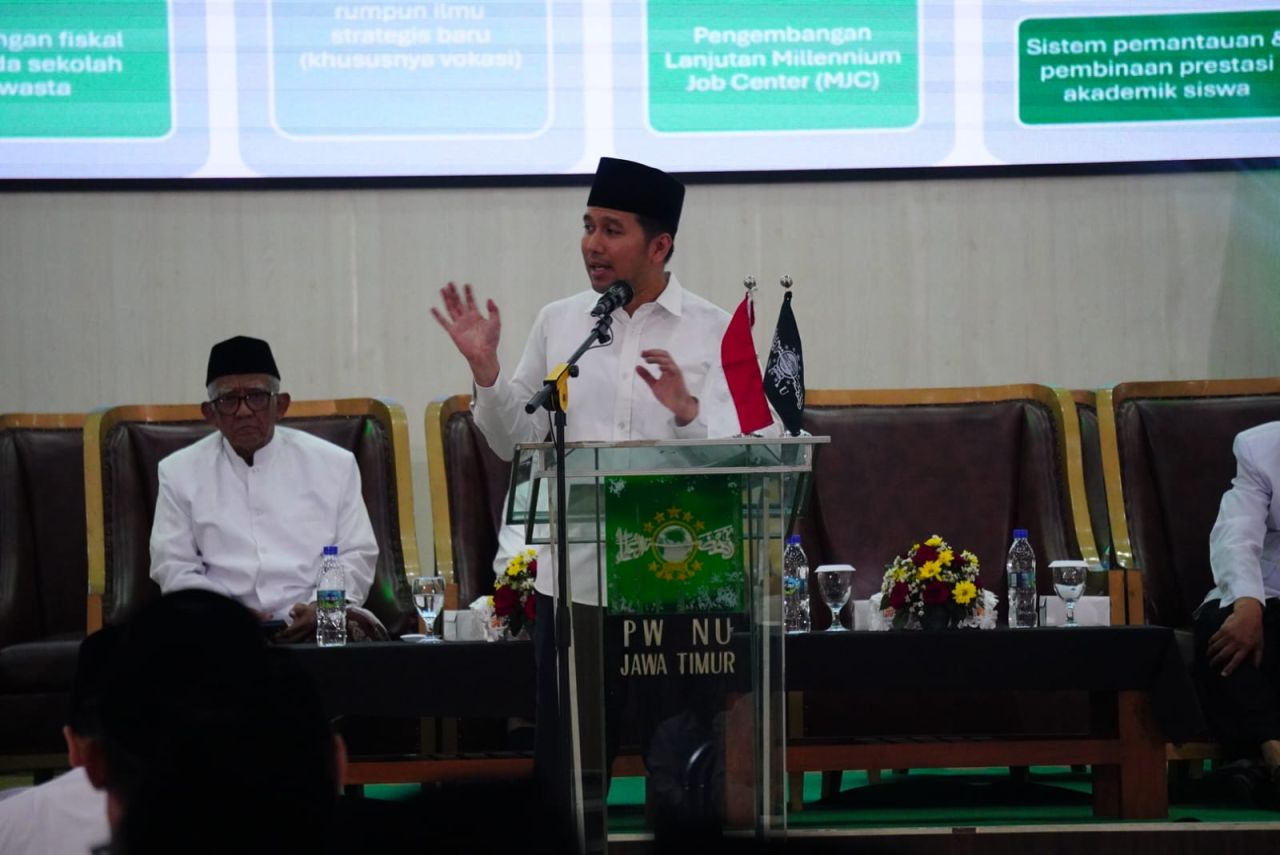
Original story first published in Drive on 15 May, 1998
There are many odd things about the Volkswagen Country Buggy. Nothing is odder than the fact that it was designed to rescue a company which couldn’t make money out of the world’s best-selling car.
The story goes something like this: when the VW Beetle became an unexpected hit in Australia in the 1950s, local assembly began and plans were laid for a full-scale manufacturing operation.
Volkswagen Australasia Pty Ltd (VWA) was founded in 1957, the first sheet-metal panels were produced in 1960 and, by 1967, most Beetle mechanical components were also Australian-made.

As VWA’s investment increased in pursuit of 95 per cent local content, local Beetle sales fell in perfect unison. The bottom line was 50,000 cars a year, but at no time during the 1960s did VWA come even close to achieving it.
And as the local operation drowned in red ink, the Aussie Beetle was deprived of even the modest styling and mechanical updates fitted to German versions. Elsewhere, more modern offerings such as the Mini Minor and a new breed of Japanese cars were grabbing an increasing share of the budget market.
So what was the answer? Someone at VWA courageously thought it was a unique-to-Australia “go anywhere” vehicle. This cunning solution, combining standard Beetle mechanical components with a body that brought to mind the German Army Kübelwagen, was announced in February 1967.

What’s more, like the delightfully named Schwimmwagen variant of the Kübelwagen, the Australian vehicle would be amphibious.
That the whole thing had been conceived in a rush was shown by the fact that VWA released photos of the vehicle before it had a name.
A press preview of the incredible floating VW – by now temporarily dubbed “The VW thing” – was held at Hume Weir, near Albury. When the production version was released several months later, it had acquired the handle “Country Buggy” and a base price of $1550.
Engine choices were 1.2- or 1.3-litre Dak-Daks; buyers could specify a four-speed manual ... or a four-speed manual.

A press summary said that “little consideration has been given to expensive and useless adornment”.
As test-drivers of this crude and hard-to-love vehicle found, adornment wasn’t the only thing that had been given minimal consideration.
The Country Buggy’s motive power went strictly to the rear; the fact that the engine was directly over the drive wheels was supposedly enough to justify the “go anywhere” tag.

One place the production version of the new VeeDub wouldn’t go, however, was across a pond. The amphibious capability had been quietly dropped for cost reasons. The crucial word here is quietly, because at least one unknowing journalist drove a Country Buggy down a boat ramp – and sank.
VWA was doing much the same thing. Despite the incredible (non-floating) Country Buggy, the company sold just 11,000 vehicles in 1968.
The game was up. VWA dropped the Country Buggy and the Aussie-made Beetle, wrote off $20 million in plant and equipment and used the Clayton, Victoria operation solely for assembly.
The factory was eventually sold to Nissan which in turn lost so much money building cars there that VW’s problems seemed almost minor in comparison. Tony Davis, May 1998
What came after the Volkswagen Country Buggy?
In Australia, nothing. But it was a different story in Germany where production of the Volkswagen Type 181 started in earnest in 1968.
Designed initially for the German military, the Type 181 bore a remarkable resemblance to Australia’s own Country Buggy, and even utilised many of the same engineering ideas, including its Beetle-derived drivetrain and suspension setup pilfered from the Type 2 Transporter.

However, unlike the Australian version, the German-made Type 181, as well as being pressed into service by the West German Army as a general duties vehicle, found a lucrative civilian market.
Starting in 1971, the Country Buggy cousin found markets in Europe and Mexico with the USA following suit in 1973. Known variously as the Kurierwagen (Germany,) Trekker, (UK), Safari (Mexico), Camat (Indonesia), and Thing (USA) the Type 181 enjoyed a 15-year production run that saw over 90,000 of the utilitarian buggy built between 1968 and 1983.
And Volkswagen wasn't the only brand getting on the buggy act. British company Austin had already launched its Mini Moke in 1964, Like the Typ 181, it was designed for military use but when the British Army passed on the Moke, it soon found a new calling as a fun civilian vehicle.
The Mini Moke also found its way to Australia, not as an import, but as a locally-built car produced by Leyland Australia from 1966 at its Zetland plant in Sydney. While British production ended in 1968, Australian-built Mokes continue to roll out of the Zetland factory until 1981.

Over in France, Citroen found a new use for its venerable 2CV platform and drivetrain and gave the world the Mehari. Like its 2CV sibling, the Mehari enjoyed long suspension travel and excellent ground clearance to serve as a capable farm buggy, rural soft-road conveyance, or even adventure-filled beach buggy.
It was a success too, with around 145,000 produced between 1968 and the end of production in 1987.
Not wanting to miss out on the soft-boom for soft-roaders, Renault replied with its own buggy-style vehicle, the Rodeo 4. Using the Renault 4 van as a starting point, the Rodeo, like its cross-town Citroen rival, was built with mild off-roading in mind. That meant long suspension travel and decent ground clearance.
The original Rodeo 4 was joined by the Rodeo 6 in 1972 which now featured the 1108cc engine from the Renault 6, the two models sold alongside each other until 1981. Both models were replaced by, somewhat incongruously, the Rodeo 5 in 1981, a plastic-bodied SUV with a 1.3-litre engine. It’s widely regarded as Renault’s first SUV. When production wound up in 1987, around 60,000 Rodeos across all three models had been built over its 18-year life.
Rob Margeit is an award-winning Australian motoring journalist and editor who has been writing about cars and motorsport for over 25 years. A former editor of Australian Auto Action, Rob’s work has also appeared in the Sydney Morning Herald, The Age, Wheels, Motor Magazine, Street Machine and Top Gear Australia. Rob’s current rides include a 1996 Mercedes-Benz E-Class and a 2000 Honda HR-V Sport.



















































